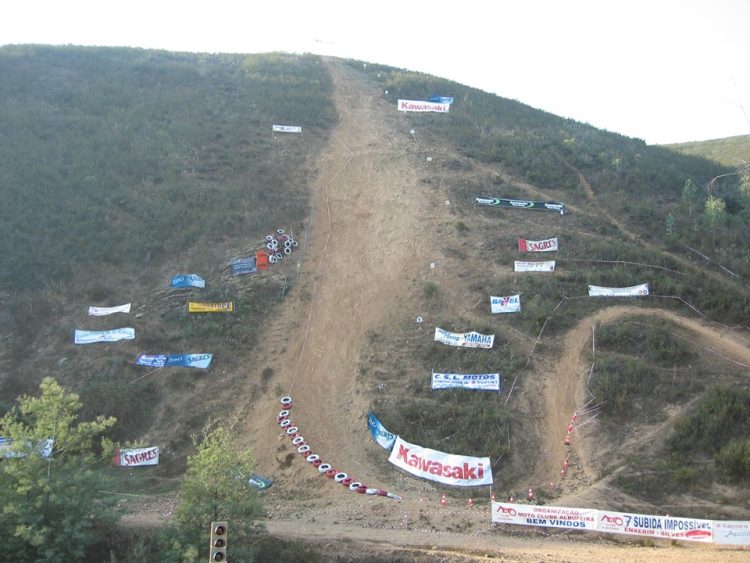Kathy Libraty, an antique doll collector from Brooklyn, New York, has spent the last 25 years searching for antique dolls, and now has an impressive collection of over 1,000 items that’s worth around $2 million.
Believe it or not, Kathy’s fascination with dolls didn’t start when she was a little girl. In fact she remembers she was more of a tomboy and had no real interest in dolls or any girly stuff. Born in France, she and her parents immigrated to the US when she was only 4. After graduating from Brooklyn College with a BA in Art, her passion for photography took her to Europe and the Middle East, where she took a real interest in history and old art. When she and her husband, Frank, bought an old Victorian house, Kathy decided to pursue her love for antiques and started attending country auctions. She was intrigued that people sometimes paid large amounts of money for wigless doll heads, broken limbs and crooked-eye dolls, but not enough to start spending money on them, herself.
It wasn’t until one day, 25 years ago, that Kathy Libraty really became addicted to collecting antique dolls. She and Frank were driving around the neighborhood when they saw a man emptying boxes of antiques into a dumpster. She saw a doll’s leg sticking out and told Frank to stop the car. They went up to the man and asked him if he was going to throw all those things away, and he just replied “Yeah, it’s all dirty old junk”, so they offered to take it off his hands. When they got home and looked through the “junk” they found a rare 24″ George Borgfeldt doll, several composition mama dolls, and a broken bisque Cuno and Otto Dressel Shoulder head doll. She often wondered what other treasures that man had thrown away in the dumpster that day, but the wonders she managed to get her hands on inspired her to go out into the world and discover her own priceless treasures.





















